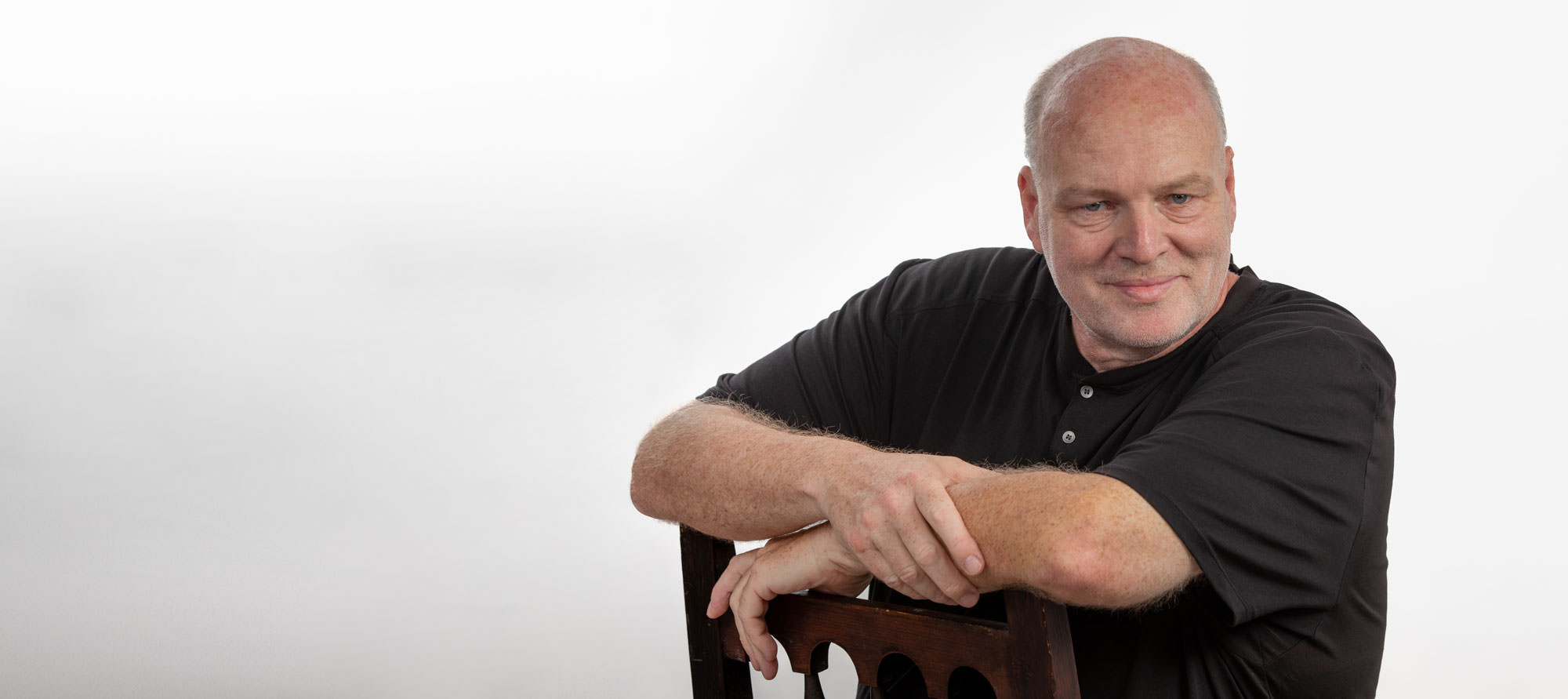Detective Pux here, and today we're cracking the case of what surfaces the masters used to paint their famous paintings. Now, I'm no art historian, but I've done some digging and have uncovered some interesting clues.
First up, let's talk about canvas. Canvas is a common surface used by painters today, but it wasn't always the go-to choice for the masters. In fact, canvas wasn't even widely available until the 16th century. Before that, painters often used wooden panels, like oak or poplar, to paint their masterpieces. These panels were sturdy and could be easily transported, making them a popular choice for artists on the move.
One famous example of a painting on a wooden panel is Leonardo da Vinci's "The Last Supper." Yes, that's right, the same guy who painted the Mona Lisa also used a wooden panel. The painting was done on a drywall-like surface made of multiple layers of gesso and animal glue applied to a poplar panel. Talk about DIY!
But let's not forget about frescoes. Frescoes are paintings done on wet plaster and were a popular choice for artists during the Renaissance. Famous frescoes include Michelangelo's "Sistine Chapel ceiling" and Raphael's "The School of Athens." Painting on wet plaster may seem like a challenge, but the technique allowed for vibrant colors and a long-lasting finish.
Now, let's talk about something a bit more unusual: copper. That's right, copper. It may sound like an odd choice for a painting surface, but some artists during the 16th and 17th centuries actually painted on copper plates. One of the most famous examples is Rembrandt's "Anatomy Lesson of Dr. Nicolaes Tulp." The copper surface allowed for a smooth finish and a unique luminosity in the colors.
But let's not forget about good old paper. Paper was a popular choice for watercolor paintings and sketches, and was often used by artists like J.M.W. Turner and John Constable. The paper would have to be treated with a sizing agent, like animal glue, to prevent the paint from soaking into the fibers. But once treated, the paper provided a smooth surface for the watercolors to glide across.
And last but not least, let's talk about murals. Murals are large-scale paintings done directly on walls or ceilings, and have been around for thousands of years. The ancient Egyptians, Greeks, and Romans all created murals, as did Renaissance artists like Michelangelo and Botticelli. Creating a mural required a lot of planning and skill, but the end result was a breathtaking masterpiece that could be enjoyed by all who saw it.
So there you have it, folks. A rundown of some of the surfaces used by the masters to paint their famous paintings. From wooden panels to copper plates to frescoes, artists have been getting creative with their surfaces for centuries. And who knows, maybe someday we'll be painting on holographic surfaces or something equally as wild. But for now, I'm off to solve another case. Happy painting, everyone!
